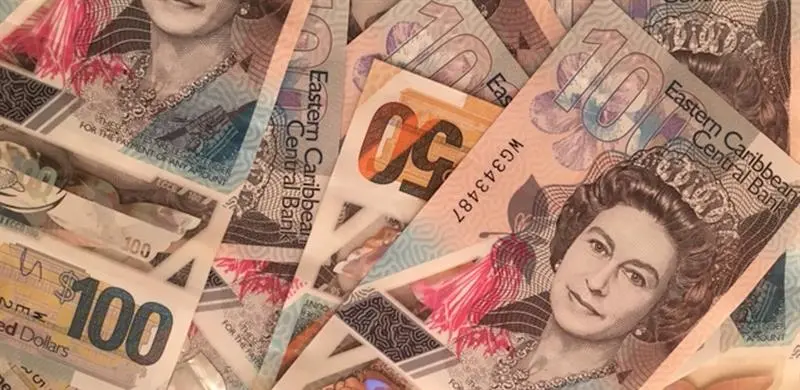Prime Minister Ralph Gonsalves says with effect from December 2025, there will be an increase in the monthly public assistance payment.
Currently, there are 4,646 persons on public assistance: $280 monthly for those under 65 years of age, and $300 for those over 65 years old.
From December, all will receive an increased payment in public assistance monthly of $360 in addition to an existing and expanding menu of social safety net assistance, including housing, rents, food packages, lump-sums for particular adverse events, medical and pharmaceutical support.
To assist in cushioning expenditure as Christmas approaches, this increase in public assistance will be back-dated to September 2025. So, for a person receiving $280 in public assistance monthly, his or her payment from December will be $80 more monthly, but at the end of November he or she will receive in addition to his/her regular $280, a back-dated lump-sum of $240 — the additional $80 for each of the three months of September to November, inclusive.
Similarly, those who are paid the regular $300 monthly will get the back-dated lump-sum of $60 for each of the same three months or $180, and the increase to $360 monthly from December.
In other words, the public assistance increases will be backdated for 3 months, September to November; the back-pay is to be paid at the end of November.
This increase in public assistance for the four-month period, September to December, will cost the Treasury $1.246 million; annualised, the cost is $3.74 million.
Gonsalves said any government has to be alert to the difficulty of increasing the monthly cash payment of public assistance above the minimum monthly payments for the pensioners at the National Insurance Services (NIS), which is arrived at subsequent to a periodic Actuarial Review as required by law.
Currently, there are 1,910 pensioners at the NIS who are on minimum pension, out of nearly 10,000 pensioners overall on NIS; currently, those 1,910 persons receive the minimum pension of $160 fortnightly or $320 monthly; these persons would have contributed to the pension fund; so, it is unfair for them to receive less than the non-contributory public assistance. And no government can increase the minimum pension at the NIS unless it is done through an independent Actuarial Review in accordance with law.
These persons on minimum pensions rightly complain whenever public assistance payments exceed theirs.
“I am correcting this until the next Actuarial Review”.
In addition to the minimum NIS pension of $320 monthly, the government will pay through the NIS an additional $40 monthly, to put them at least on the same footing as those who receive public assistance.
Further, they will receive a three-month back-payment of $120 for the months of September to November 2025.
The cost to the Treasury for this support for the four-month period to the end of December, 2025, is slightly shy of one quarter of a million dollars.




